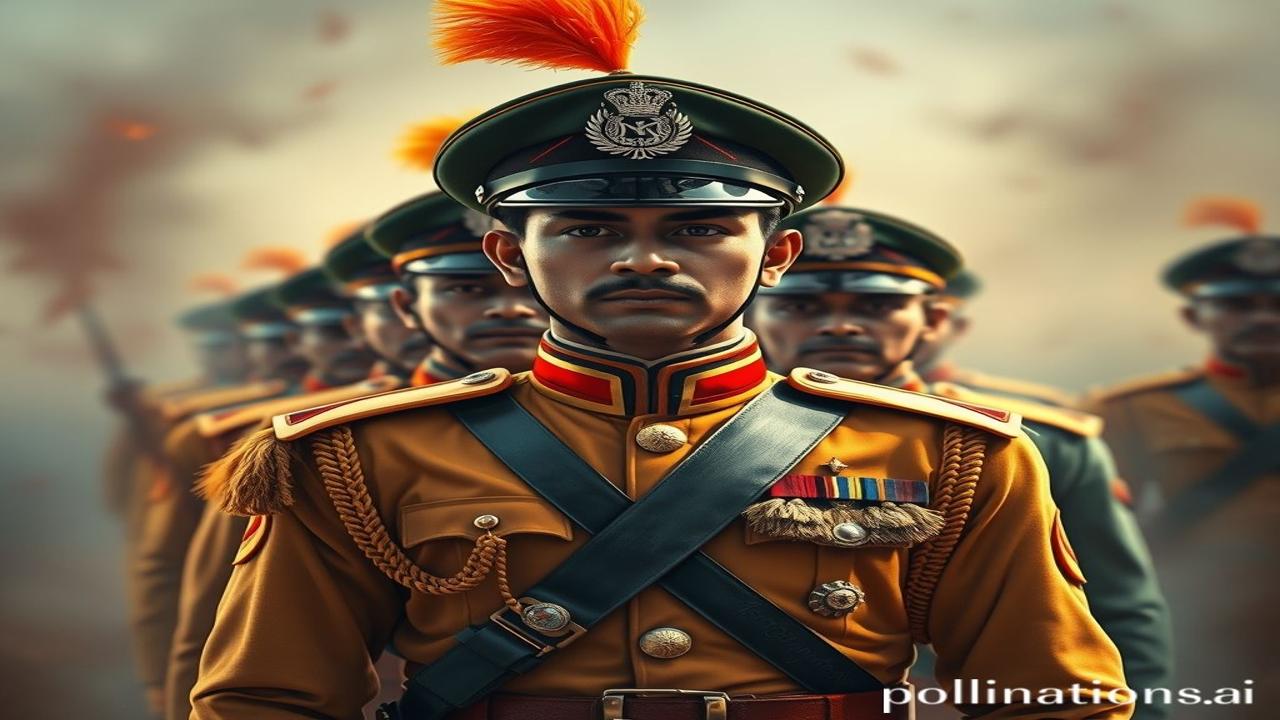Waqt Ki Reti Mein Dabi: Indian Military Uniforms Ki Kahani
Kabhi socha hai, barfili pahadiyon par khade jawanon ki khaki vardi, ya Rajasthan ki garam reth mein chamakti olive green, bas ek kapda nahi, balki ek itihaas hai? Ek itihaas, jo shaurya, balidan, aur desh bhakti se bana hai. Waqt ki reti mein dabi, yeh kahani aaj bhi humare dil mein dhadakti hai. Let’s uncover this fascinating journey of the Indian military uniform.
Itihasik Prasthabhumi: The Making of a Uniform
What is this? Well, it’s the story of how Indian soldiers transformed from wearing simple, indigenous attire to donning standardized, highly functional uniforms.
When and where did it happen? This evolution spans centuries, from the ancient warriors clad in simple cotton and leather to the modern soldiers in camouflage gear. It’s a story deeply intertwined with the rise and fall of empires, the introduction of new technologies, and the ever-changing landscape of warfare. The real transition began during the British Raj and continues to evolve even today.
Why is it important? Military uniforms aren’t just clothes; they’re symbols of identity, discipline, and national pride. They reflect the nation’s history, culture, and its approach to defense. Understanding this evolution gives us insight into India’s journey as a nation.
For example, Did you know that the saffron color used in some ceremonial uniforms is a direct link to the kshatriya dharma of ancient India?
Zameeni Sach – Log Aur Jeevan: A Soldier’s Garb Through Time
Imagine a Mauryan soldier preparing for battle. He’s wearing a simple cotton kurta and dhoti, perhaps reinforced with leather armour. His weapon is a spear, and his shield is made of woven reeds. He’s a farmer, a craftsman, a son, fighting to protect his home.
Now, fast forward to the Mughal era. The soldier is resplendent in chainmail, a steel helmet gleaming in the sun. He wields a tulwar and carries a shield. His attire speaks of grandeur and power. “Khuda kare, is baar fateh mile,” he whispers, adjusting his turban.
During the British Raj, the Indian sepoy wore the iconic khaki uniform. It was designed to blend in with the dusty Indian landscape, a practical and effective choice. But it also represented colonial rule, a constant reminder of subjugation.
And today? Our modern soldiers wear advanced camouflage, designed for specific terrains, equipped with cutting-edge technology. They represent a new India, strong and confident.
Dharohar Aur Pehchan: Uniforms as Cultural Echoes
The influence of military uniforms echoes even today. The precision and discipline they represent are admired and emulated in various fields. We see it in the crisp uniforms of the police force, the parade uniforms of the NCC cadets, and even the subtle nods to military style in fashion.
The symbolism of the tri-ranga (Indian flag) on the uniform is a powerful reminder of Bharatiyata (Indianness) and national identity. The uniform embodies values of courage, sacrifice, and unwavering dedication to the nation. “Desh ke liye jaan hazir hai!” is a sentiment deeply woven into the fabric of the Indian military.
Mazedar Tathya Ya Bhram-Bhanjak: The Khaki Confusion
Log samajhte hain ki Khaki, bas ek rang hai. Lekin asli sach yeh hai ki “Khaki” is derived from the Persian word “khak,” meaning “dust” or “earth.” The British adopted this color to create a more effective camouflage for their troops in India. Initially, it wasn’t a single shade, but rather any earth-toned fabric. Only later did it become standardized.
Another common misconception is that all Indian military uniforms were always drab and utilitarian. However, pre-independence princely states had incredibly ornate and elaborate uniforms, reflecting their wealth and power.
Drishya Aur Bhavnayein: The Sensory Landscape
Imagine the scorching sun beating down on the Rajasthan desert. The air smells of dry earth and gunpowder. The sound of marching boots echoes across the dunes. The olive green uniform blends seamlessly with the surroundings, a silent promise of protection.
Or picture the biting cold of Siachen. The crisp, clean air stings your lungs. The white camouflage blends with the snow-covered peaks. The crunch of boots on ice is the only sound, a testament to the soldier’s unwavering resolve.
Antim Vichar Ya Udharana: A Soldier’s Pledge
The evolution of the Indian military uniform is more than just a change in attire. It’s a reflection of India’s journey through history. From simple cloth to advanced camouflage, each thread tells a story of courage, sacrifice, and national pride. As the Bhagavad Gita says: “कर्मण्येवाधिकारस्ते मा फलेषु कदाचन” – “Your right is to work only, but never to its fruits.” And the Indian soldier embodies this perfectly, serving the nation with unwavering dedication, regardless of the reward. Jai Hind!
